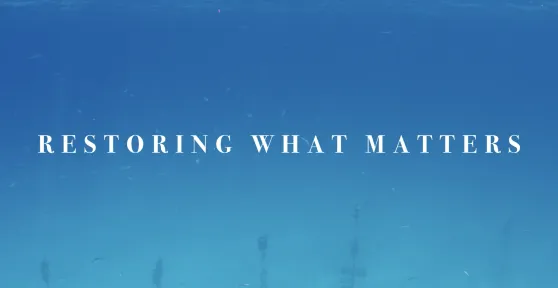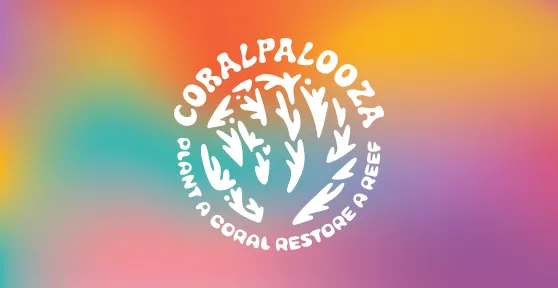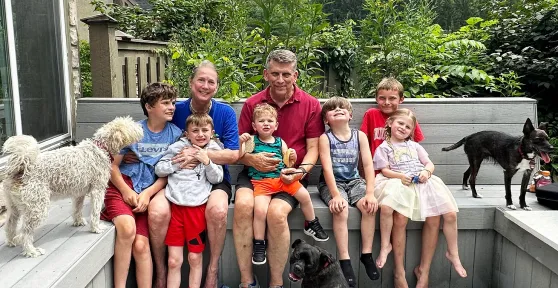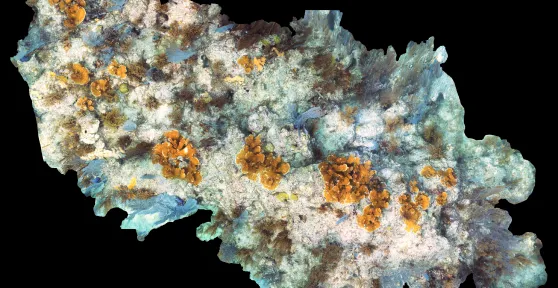
Capitol Hill Ocean Week (CHOW) is the nation’s premier annual conference examining current marine, coastal and Great Lakes policy issues. Convened by the National Marine Sanctuary Foundation (NMSF) every June, CHOW brings together scientists, policymakers, scholars, businesses and conservation leaders to address pressing conservation, science, and management issues facing our oceans and Great Lakes.
As the Coral Restoration Foundation™ (CRF) Global Strategy Program intern, I had the distinct privilege of attending CHOW 2025 alongside the CRF team, including Chief Development Officer, Martha Roesler, and Science Program Manager, Alex Neufeld. CHOW is a three-day event with the first day designated as “Hill Day” and the next two days consisting of panels and plenary sessions. CHOW Hill Day is usually an event where attendees are encouraged to meet with their representatives to discuss local coastal and marine issues.
This year’s CHOW looked a little different than the conference in prior years as described by previous attendees; with one of the primary goals of this year’s event to increase private sector involvement in ocean issues. According to Hill Day attendees, this years’ Hill Day was organized independently by interested attendees and organizations, rather than as a more centralized effort managed by organizers in previous years. The selected panelists also came from a wider array of stakeholders in the private sector, including AI companies, boat manufacturers, energy corporations, tech start-ups, museums, and more. As outlined in the opening keynote by NMSF CEO, Joel Johnson, the focus of this year’s sessions was how the US can “compete globally, secure assets, and create prosperity for all.”
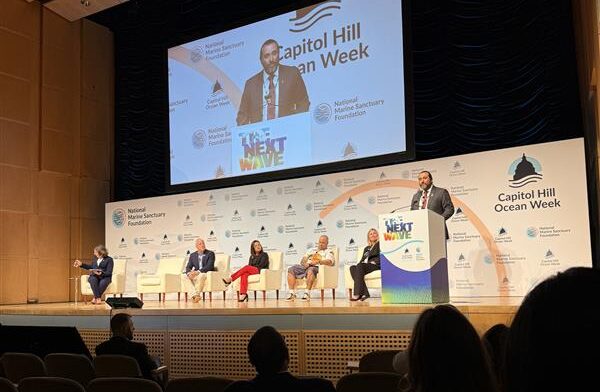
The opening session of the conference was a film screening entitled “Neah Bay: Restoring Ancestral Waters”. The film outlined the Neah Bay Makah indigenous community in Northern Washington and how pollution from marine debris began affecting their fishing and shellfish yields. In partnership with NMSF and the National Oceanic and Atmospheric Administration (NOAA) Marine Debris program, the Neah Bay community was able to remove 15 derelict vessels and a 3,000-ton sunken pontoon from their bay, restoring partial access to their shellfish beds. Timothy “TJ” John Greene, Chairman of the Makah Tribal Council, highlighted how critical the partnership with NMSF and NOAA was in helping to revitalize his community and the ocean they rely on for their livelihoods. It was very interesting and uplifting to learn of such an impactful example of governmental agencies uniting with the Makah tribe to address the individual needs of a coastal community.
One of the larger panel sessions, “Red, White, and Blue Fisheries”, focused on increasing the competitiveness of US seafood. With a decrease in wild fish stocks, Imani Black (Minorities in Aquaculture) emphasized a need for investment in aquaculture and domestic fisheries, including increased accessibility for careers in aquaculture and a focus on amplifying employment to support the fisheries industry.
Emily Menashes (NOAA Fisheries) also underscored the importance of collecting more current data on fish stocks as many US fisheries are managing fish stocks based on data that is 3-5 years old. I enjoyed learning more about investing in the potential of aquaculture to reduce issues of overfishing while simultaneously bolstering the US economy.

This year, the conference held smaller optional sessions in the “Sanctuary Cinema” breakout room, which featured two coral restoration projects. The first was a presentation from the Flower Garden Banks National Marine Sanctuary on soft coral restoration in mesophotic reefs sites of the Deepwater Horizon oil spill. The NMSF Team walked through the first exploration of propagating deep-water, soft corals and the deployment of their team of navy technical divers to assist in their restoration efforts.
It was incredible to see videos and pictures from their propagating efforts of Swiftia exserta, one of the primary Gulf gorgonian species they work with. The second presentation was from PhD candidates at the University of Miami Engineering School discussing their pilot project called “HexHive”, interlocking shading structures designed to stay at the surface of coral nurseries to reduce UV intensity and prevent coral bleaching.
Echoed throughout the presentations is the need for collaboration to meet the United States’ goals in establishing a sustainable blue economy. This is increasingly important as funding priorities have shifted away from marine sanctuaries and the agencies that oversee and support them.
Kristy Clement with the Alaska Fisheries Development Foundation bolstered this message in her speech after talking about the king crab fishery collapse in Alaska by stating, “If volatility is the new norm, we shouldn’t continue to weather the storm, we need to redefine the horizon.” Kristy emphasized the need to transcend boundaries to create actionable change, calling for a blend of public & private sector collaborations and traditional knowledge & modern technology collaborations. “Partnership is not transactional, it’s transformational,” she stated.
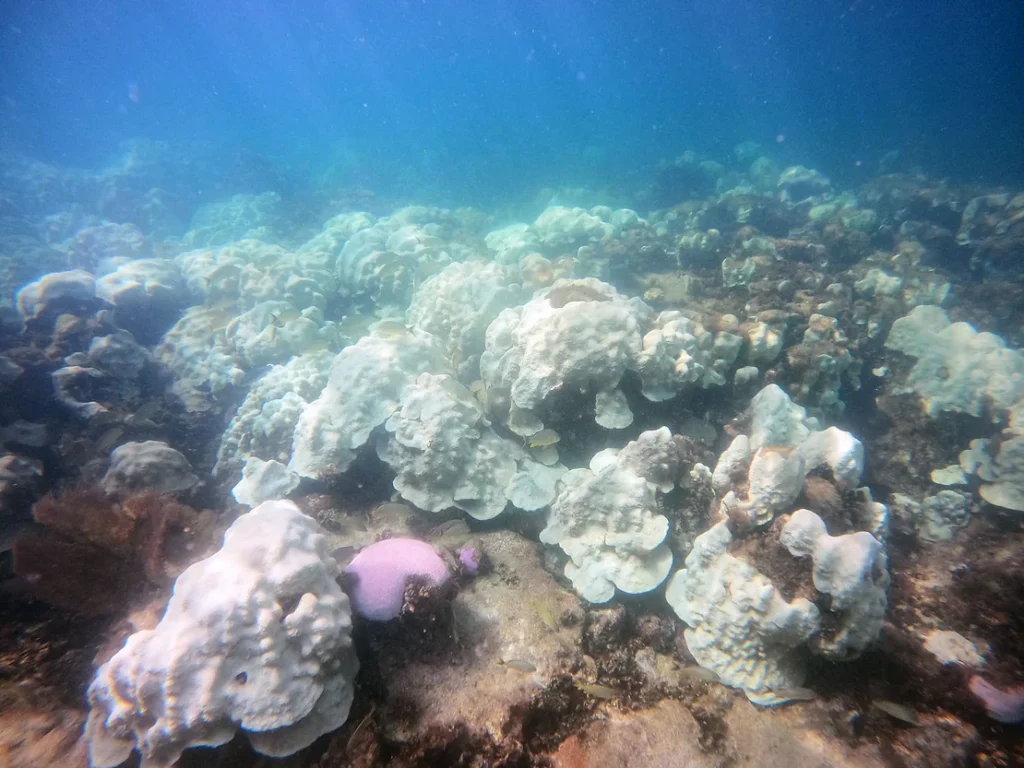
My takeaways from CHOW resonated with me given the work that we do at CRF, especially in the wake of the Fourth Global Bleaching Event. Despite the challenges and hardships that we faced in 2023 with unprecedented ocean warming, practitioners in the Florida Keys were able to come together to protect the remaining genetic diversity of coral in a time of urgent need. Through collaborations with land-based nursery systems such as The Reef Institute, The Georgia Aquarium, Mote Marine Laboratory and Keys Marine Lab, we have been able to work towards recovering our nursery stocks because of the emergency evacuation protocols developed within our community.
Even beyond Florida, we’ve witnessed the coral restoration community come together to share their experiences, lessons learned, and work collaboratively towards solutions in an increasingly challenging landscape. CRF Science Program Manager Alex Neufeld agreed that this was an important theme from the conference:
“It’s encouraging to hear such an emphasis on collaboration with diverse public and private stakeholders, especially the local and indigenous community leaders. CRF has long believed that engaging with these local leaders in the places where coral restoration occurs is the key to sustaining efforts.”
This conference helped me realize that resilience is developed most effectively through building strong networks and partnerships, not individually. The challenges ahead are too great for any one method, person, or program and it is the collective action that will yield lasting and impactful results.
Leaving this conference, I feel immense gratitude to be part of an organization that is united towards a common goal of protecting coral reefs. From open access technology, such as photomosaic monitoring software and coral sample registries, to coral working groups dedicated to discussing regional restoration issues, I am appreciative to be part of a community that always has an eye towards collective success. Attending CHOW gave me the opportunity to hear from change-makers all over the US and has inspired me to continue working towards restoring and protecting our coral reefs.
